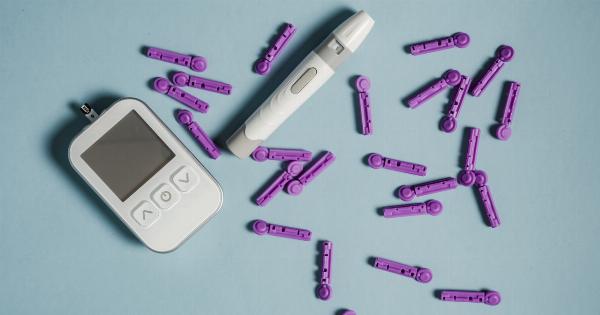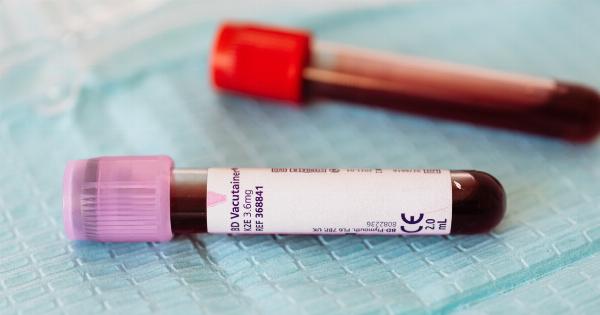Ultrasound technology has been used for many years to determine the sex of an unborn baby. Many parents-to-be look forward to this moment with excitement, eager to know if they are having a boy or a girl.
However, the question remains – is ultrasound gender determination accurate?.
How Does Ultrasound Gender Determination Work?
Ultrasound gender determination works by sending high-frequency sound waves into your uterus, which then bounce back to the machine.
These sound waves create images of your baby on the ultrasound screen, allowing your doctor or technician to determine the sex of your baby. The images are created by measuring the differences in density between soft tissues, such as muscles and organs, and hard tissues, such as bones.
When Can Ultrasound Gender Determination Be Done?
The best time to perform an ultrasound gender determination is between 18 and 20 weeks gestation, as this is when the baby’s genitals are developed enough to be seen on an ultrasound.
This is also the time when most parents-to-be have their anatomy scan, which is a more detailed ultrasound that checks for any abnormalities or potential problems with the baby.
Is Ultrasound Gender Determination Accurate?
Ultrasound gender determination can be accurate, but it is not always 100%. There are a number of factors that can affect the accuracy of the results, including:.
- The position of the baby
- The amount of amniotic fluid around the baby
- The technician’s experience
- The quality of the ultrasound machine
- The baby’s age
If your baby is in an awkward position, it can be difficult for the technician to get a clear view of the genitals. Similarly, if there is not enough amniotic fluid around the baby, this can make it harder to see the genital area.
Inexperienced technicians or poor-quality ultrasound machines can also lead to inaccurate results.
Finally, the age of your baby can also play a role in the accuracy of ultrasound gender determination. Earlier in pregnancy, the genitals can appear similar between male and female babies, making it harder to definitively determine the sex.
What Are the Other Methods of Gender Determination?
If you are not satisfied with the results of ultrasound gender determination, there are a few other methods that can be used:.
- Amniocentesis – this is a test done to see the chromosomes of the fetus and can reveal the sex accurately, but may carry risks to the mother and baby.
- Chorionic Villus Sampling (CVS) – this is another test that can determine the sex of the baby by analyzing the fetal cells in the placenta.
- Blood tests – non-invasive methods like blood tests can determine the sex of the baby by analyzing the fetal DNA present in the mother’s bloodstream. The accuracy varies depending on the test used and other factors like mother’s health, gestational age, etc.
Conclusion
Ultrasound gender determination can be an exciting and informative experience for parents-to-be, but it is important to keep in mind that the results may not always be accurate.
Factors such as the position of the baby, the amount of amniotic fluid, and the experience of the technician can all affect the accuracy of the results. If you are not satisfied with the results of ultrasound gender determination, there are other methods available that may be more accurate, depending on your situation.



























